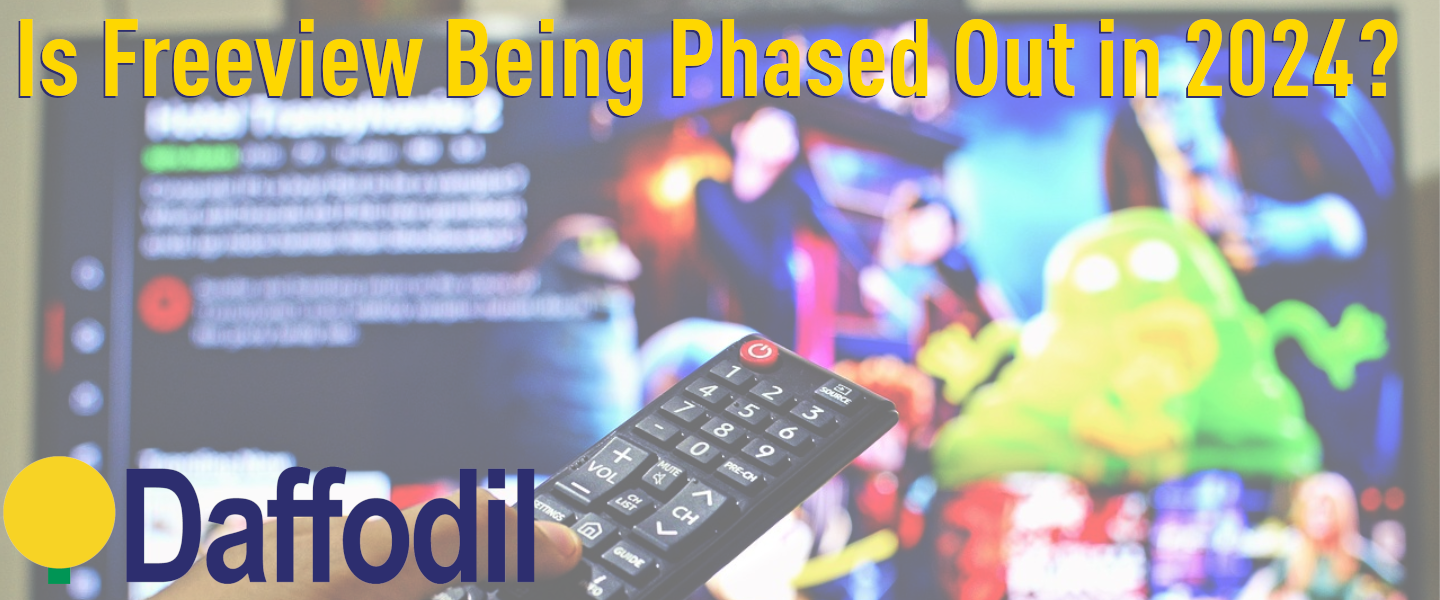
Freeview Phased Out for Always-Online TV in 2024? UPDATED MAY 2024
| Reuben Howe
UPDATE MAY 2024
This article was updated on the 3rd April 2024 when Freely became officially publicly available. In addition to the information below, please consider the following chart:
As you can see, the majority of channels are still exclusive to Freeview, with only 3 or 4 channels actually exclusive to Freely via Streaming.
This shows a slow start for the Freely EPG, and unless there's rapid adoption of the system which converts the remaining 100+ channels to IPTV, Freeview via an aerial will still have a larger library of channels than Freely for the foreseeable future.
UPDATE JANUARY 2024:
This article was updated on 15th January 2024 to clarify some new information on accessing Freely, and their Hisense brand partner. In addition to the information below, remember that Freeview broadcasts are protected by Government Policy until 2034. This means that there is currently no obligation for Freeview to be official supported and nationally broadcast in a decade. This might seem far-off, but there's a lot of issues for streaming TV to solve before then!
The main update to make is the confirmation that, on release, only the TV by Freely brand-partner Hisense will actually get access to Freely at all!
Lack of Backwards Compatibility
As of January 2024 we can confirm Hisense are the first brand to be releasing an official Freely-enabled TV set. It has been confirmed for 2024 with no specific date. However, this implies that, similar to a TV tuner, each TV must have the firmware needed to receive and run Freely. What this means is that current smart TV's won't be able to access Freely on release! This is yet another barrier to entry.
ORIGINAL ARTICLE
Can Freeview persist in an always-online world?
News has broken of a new alternative way to access Free-To-Air TV in the UK, and opinion is divided on what this means for the future of Freeview. Digital terrestrial TV. Freeview has provided 100+ channels to many of our customers without any requirements beyond a tuner and an aerial. That could be about to change...
What is Freely TV UK?
The new kid on the block for 2024 is "Freely", a broadband-based service providing Freeview channels to smart TVs and other internet-ready devices. What this means is Freeview will be accessible through your internet rather than needing a roof or portable aerial.
This makes waves for a few key reasons, and for every positive is the shadow of a slippery slope to accidentally locking people out of content they are entitled to!
Broadband vs Terrestrial TV
The key differences won't be the channels available or TV itself, although with the state of streaming services and their "exclusives" one can never be certain. The main difference between current Freeview TV and "Freely" is the way you receive it.
Freeview TV is terrestrial and received through a Radio Frequency aerial. The signals themselves come from broadcast towers all across the country, as we saw with the recent dismantlement of the Felling Broadcast tower.
Broadband, on the other hand, is received through an ISP (Internet Service Provider) using fibre-optic cable to a router. Locations without Fibre still use a router and Line-In connection all the same.
A router can provide wireless internet to the whole household, which is one marked benefit over a terrestrial aerial which can only serve the specific rooms via coaxial cable.
this talk of "evolution" and the expectation that we are all going to get "IP-Enabled" TV is a little worrying for those of us relying on solid, time-proven tech like Aerials and Set Top Boxes.
Is Aerial TV Being Phased Out?
29 Million homes in the UK have access to aerial and terrestrial TV, while 22 million homes have access to broadband. This is surprisingly close given that accessible home internet is a much more recent creation than aerial technology.
Millions of households still rely on a radio tower connection to watch TV for free every single day, even if they also have broadband. It's the freedom to choose that is vital, and that at least seems to be remaining, for now...
"Freely" promises to provide Free-To-Air TV services without the need for tuners and aerials, instead connecting Smart TVs and other internet-enabled devices to channels via the internet.
This doesn't inherently mean that Freeview is going away! You can still connect your Set Top Boxes and TVs to Freeview via an Aerial just like before. However, there are some worrying concerns about this new breed of free television
The Drawbacks of Freely
1. Broadband Accessibility
With 29 million homes having aerial access and 22 million homes having broadband, that's at least 7 million homes which rely on their aerials for TV. If content is made "exclusive" to the online service as we have seen with so many in the past, then this could create a divide between internet-users and aerial-users.
Not everyone has broadband, and ISPs can be fickle to work with. An aerial is a much simpler and almost always pre-installed solution unlike the privatisation of Broadband.
2. Broadband Stability and Privatisation
An aerial is a simple bit of kit, essentially just a well-engineered spoke of metal and a specialised coaxial cable. This makes them incredibly versatile and usable across the world, with no issues of compatibility or "activation" or needing an account attached to each aerial...
Compare that to broadband, which requires choice of an ISP followed by choice over a router and then accounts and digital footprints to keep set-up and suddenly the requirement for Freeview has become drastically more complex.
"Analogue" entertainment still sees plenty of action even in this internet-age since it's available everywhere, with no prerequisite internet or 4G connection. Simpler technology is also generally more self-contained meaning you don't need multiple devices to get a function to work like in a Smart Home.
3. "Smart TV" Based Broadcasting
The entire backbone of Freely is to provide free live TV as standard inside "IP-Enabled" (Internet-enabled) Smart TVs. The expectation is that everyone will be moving on to Smart TV and, again, have access to the broadband which powers them.
In a world where this "evolution" was supported by a rollout of cheap and reliable broadband then the improvement would be objective, but as it stands there are plenty of reasons to not "upgrade" to a Smart TV yet, and this creates a dissonance between the new TV service and people who actively watch Live Free TV every day.
The Good News
It's not all a bad omen, of course. The development of alternate ways to watch is welcome and will hopefully help connect millions of homes to Live TV, providing a much-needed alternative to streaming services.
Think about what comes on a Smart TV using broadband and you're left with a lot of bespoke, exclusive content spread across dozens of apps. Having Freely will bring the joy of watching Live TV and discovering entirely new shows completely by accident back to our sofas. Freely will hopefully act as a distraction from instant-gratification and Binge-Based TV apps like Netflix and Disney Plus, instead providing a varied roster of live TV for users.
The best news is that, for now, this is all an alternative to using an aerial rather than a replacement. But this talk of "evolution" and the expectation that we are all going to get "IP-Enabled" TV is a little worrying for those of us relying on solid, time-proven tech like Aerials and Set Top Boxes.
Stay Up-To-Date
For all the latest regular Freeview updates and channel introductions (As well as channel farewells) subscribe to our free newsletter which contains weekly product highlights, new announcements, informative blogs, Freeview news and more.


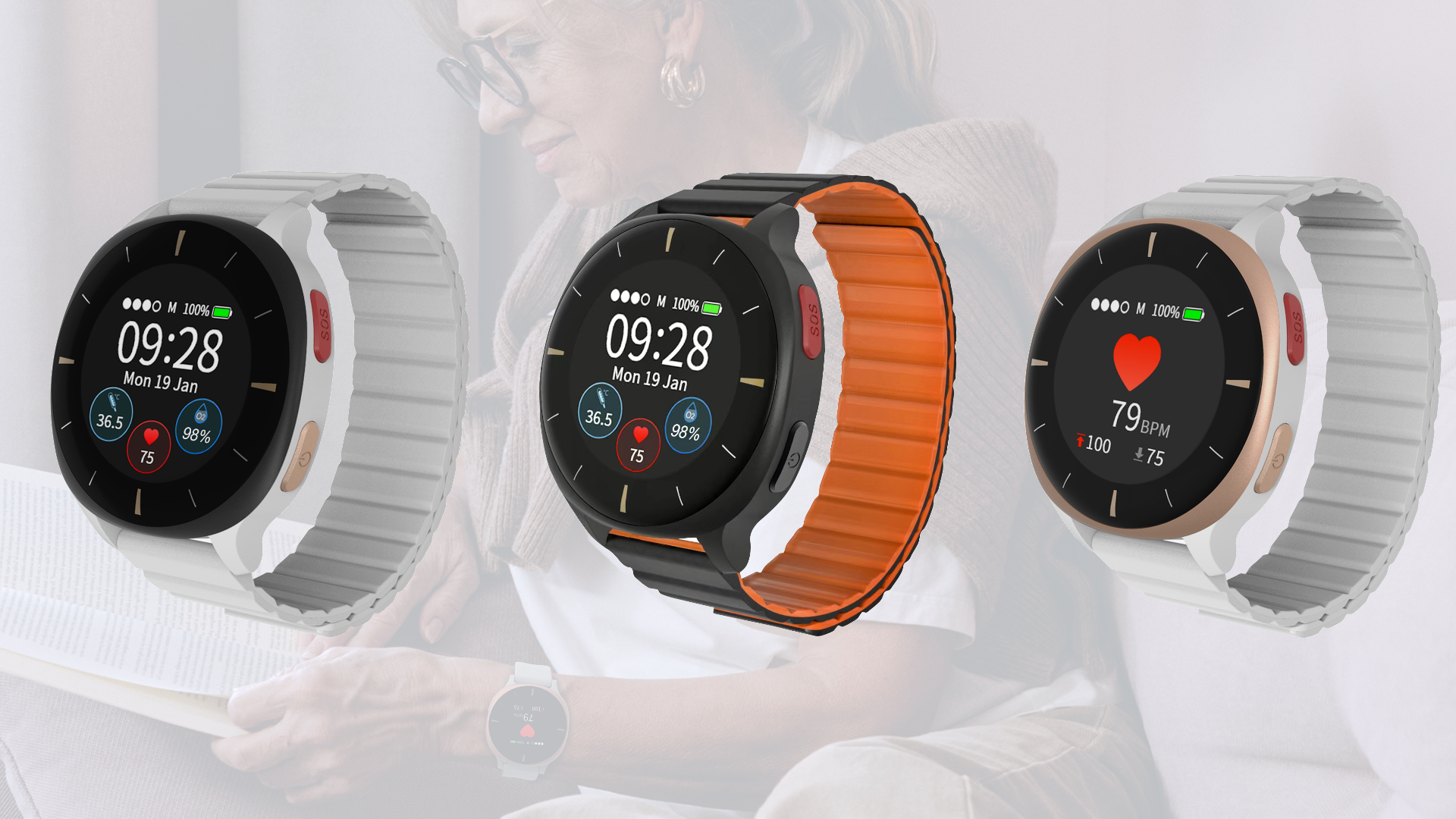




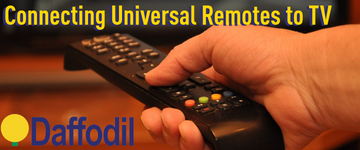




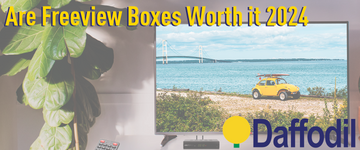


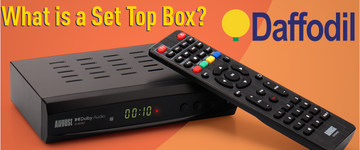

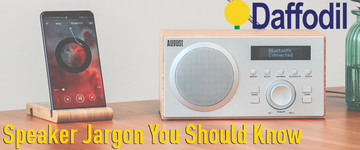

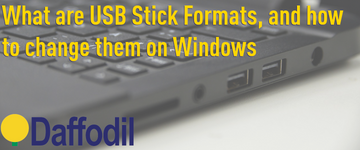






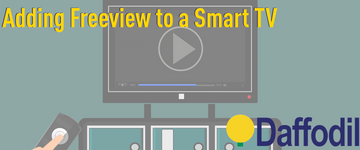

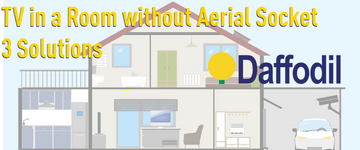









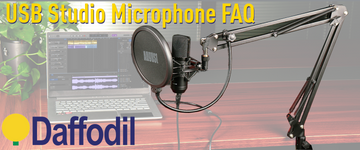




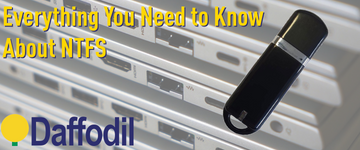









6 comments to
Keep me informed with updates thanks a j s.